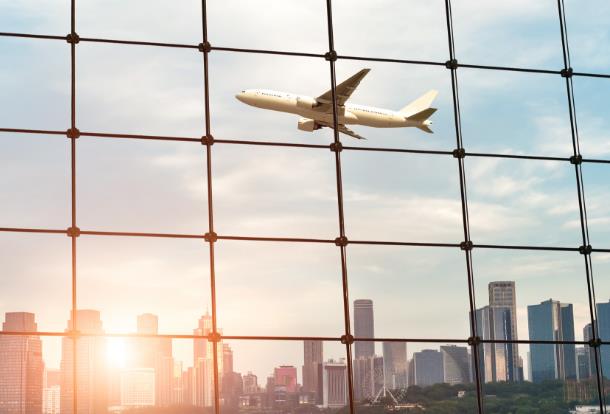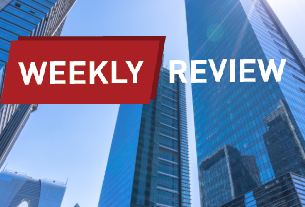As demand in the U.S. airport hotel market continues to rise, will the pricing power of hotels begin to accelerate? The STR analyst team answered that question and more with five insights into airport hotels in the United States.
Airport hotel supply has yet to take off. In 2018, there were approximately 2,500 airport hotels comprising nearly 333,000 rooms in the United States. Of the 200 properties and 26,000 rooms in the pipeline, about 7,500 rooms are projected to open this year, which equals 2.2 percent of the existing airport hotel supply. That’s a slower rate of opening than the entire U.S. hotel market, in which the rate equals 2.8 percent.
Demand growth outpaced supply growth. Although the growth of the U.S. airport hotel supply was slower than the national average, demand is increasing at an accelerating pace. On a running-12-month basis, demand growth outpaced supply growth every single month in 2018, peaking in August at 2.6 percent.
Airport hotel occupancy outperformed the U.S. average. The favorable imbalance between the running-12-month demand and supply growth resulted in a positive occupancy percentage change the past 17 months for airport hotels. As of December 2018, year-to-date occupancy was 73.8 percent, indicating airport hotels, on average, have sold three of every four rooms every night in the past 12 months. By slight—but telling—contrast, overall U.S. hotel occupancy during the same period was 66.2 percent.
The occupancy rate at airport hotels was 7.6 percent points higher than the national average. The premium between airport hotel occupancy and total U.S. occupancy is expected to grow in 2019 due to the slower rate at which airport hotels will open this year.
Strong demand can’t propel airport hotel ADRs over national averages. Pricing power in U.S. airport hotels was weaker than the U.S. average in all six hotel classes. There are two possible reasons that this may be the case.
First, the ADR of “contract” business might have dragged down the ADR for airport hotels overall. (STR defines “contract” rooms as a consistent block of rooms committed at stipulated contract rates for an extended period over 30 days, with payment guaranteed regardless of use, such as for airline crews and permanent guests. These rooms are typically booked at a discount compared to standard rooms.) In 2018, the contract ADR of luxury and upper-upscale airport hotels combined was only $111.15, which was lower than the national average among upper-midscale class hotels.
Second, the lack of pricing power during weekends may have weakened the ADR of airport hotels. A close look at the peaks and off days for airport hotels reveals that ADR on weekends (i.e., Fridays and Saturdays) was about 15.4 percent lower than that on peak weekdays (i.e., Tuesdays and Wednesdays), even though the occupancy rate of both peaks was roughly 77 percent. Taken together, both circumstances might have hurt the ADR of airport hotels.
Read Original Article




